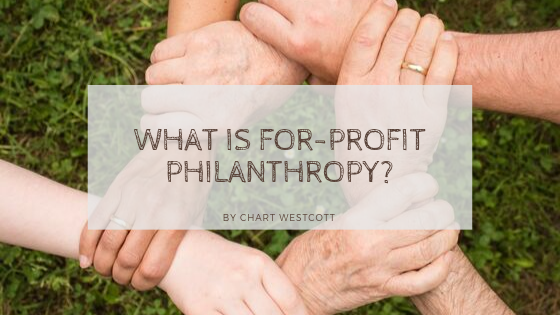As more consumers are becoming socially conscious, more people are giving to others. At the same time, the old way of helping, charity and volunteering, just is not enough. Those on the cutting edge of giving have created a new way of giving: for-profit philanthropy. What exactly is for-profit philanthropy?
A New Model for Giving
Traditionally, corporations were broken down into two categories: for-profit and not-for-profit, also referred to as non-profit. In a nutshell, one exists to make money while the other exists to help others. In other words, you either run a business or a charity, until now. With for-profit philanthropy, a business seeks to combine the two. They exist to make a profit that all the while benefits others.
Realistically, for-profit philanthropy is a business model with a social mission. The goal is to be of use to a particular segment of society. In fact, this model has been used to provide meals for school children, fund AIDS research, and so much more. It typically also does this on a larger scale than traditional philanthropic efforts alone.
A Means of Putting Consumerism to Work
So, how does making a profit help others? A for-profit charity sells a product that consumers want to buy – as any business does. The difference is that a portion of the cost of the product is then given to a charity. For example, a company may sell a T-shirt supporting cancer awareness, and then proceed to donate a portion of the profit of the t-shirt to cancer research.
Instead of asking for donations, for-profit philanthropy is more related to an exchange. The consumer is getting something in exchange for giving their money to the company through a purchase. Ultimately, consumers are going to buy. Why not put the profits earned to good use?
A System That Keeps Giving
As opposed to keeping profits in house, profits are shared with charities that are in need of funds. It’s a socially conscious form of capitalism – sharing the wealth. Companies and consumers alike know that there are so many organizations that need more models like this.
Whereas charities used to have to ask for donations, now there is a steady stream of funds that is beneficial for both parties. The profits help keep the charities afloat by covering administrative costs. This allows charities to continue to function without the uncertainty associated with raising support through traditional means.
Overall, for-profit philanthropy combines making a profit with giving back to others. Companies who support a for-profit philanthropic business model do so in a way that is the best of both worlds.

